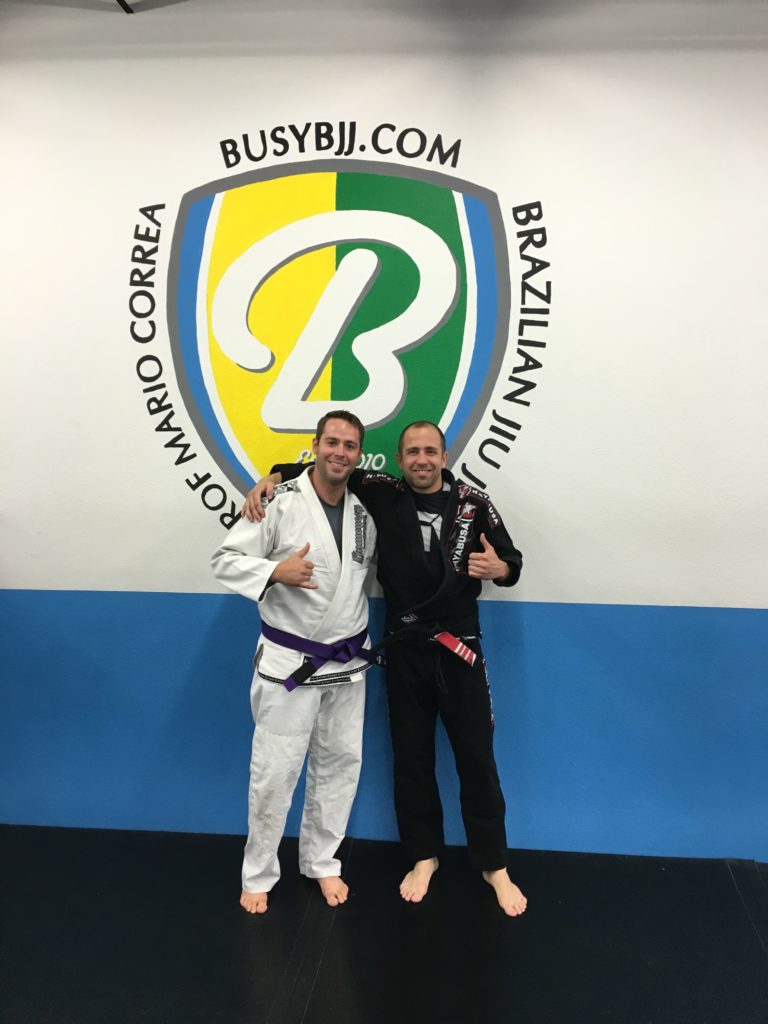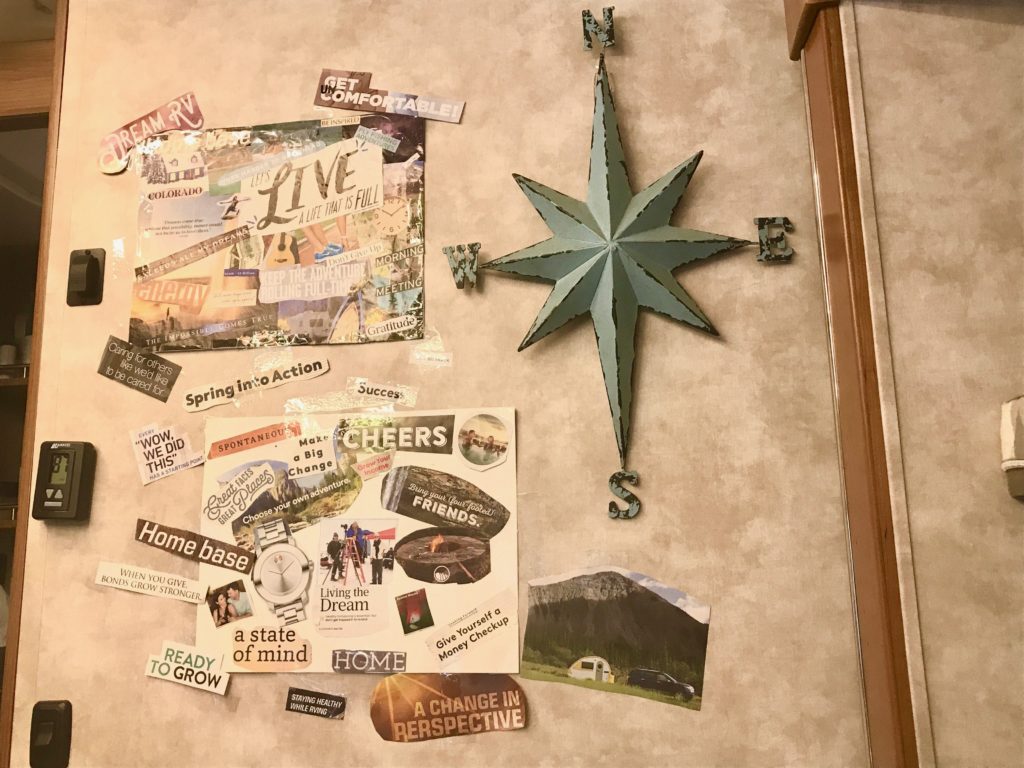Goals, resolutions, dreams – whatever you want to call them, are critical for personal development and success. They are the first step to Following Your Detour! They allow us to identify something our hearts desire and start planning how we are going to attain that desire. It’s an act of believing that you CAN do something and taking action to do it.
Science suggests that only 8% of people actually achieve the goals they set for themselves. While this happens for many different reasons, we believe there are simple things you can do to increase your chances of success! So here are tips to help you achieve your goals!
Common Goals People Set
First, let’s take a look at what goals people commonly set for themselves and struggle time after time to achieve:
- Get Healthy
- Get Organized
- Live Life to the Fullest
- Learn New Hobbies
- Spend Less/Save More
- Travel
Tips to Help You Increase Your Chances of Reaching a Goal
Prepare financially
All of these common goals have an underlying connection. To accomplish any of them, it will likely require you to spend some money that you weren’t spending before. People looking to get in shape often join a gym, which costs money. People wanting to “live their life to the fullest” usually need to spend money to pursue new experiences. People that want to learn a new hobby, say learning to play an instrument, typically have to spend money to get started. Looking to travel more this year? You get the point.
Clearly, there is more to achieving a goal or dream than just saying that you are going to do it and giving it a shot. We believe the financial component plays a large part in why people are so unsuccessful in achieving their goals. If you are not prepared financially, you are not giving yourself much of a chance at success.
Budgeting – The Key to Financial Planning
When Lindsay and I started budgeting (and actually sticking to the budget), our lives dramatically improved. There are so many benefits to budgeting, but one main benefit is that you know exactly what you spend your money on each month. With a budget, you tell your money where it goes, down to the last dollar. Once you do this, you can easily identify where to cut back in order to “afford” your goals.
It sounds so simple, but most of us don’t consistently do this! We just “want” to go on vacation, but we tell ourselves that we can’t afford to do so. You’ll need to save money in order to be able to take a trip or vacation. If you are not actively budgeting, it is really difficult to save money! Think about it, if you are struggling each and every month to get by, what’s probably going to be the first thing to go – your gym membership, your trip to Ireland, your new drum set? Therefore, your goals go out the window!
For three years, I kept telling myself that I wanted to try Brazilian Jiu Jitsu. However, the price of the membership was five times the cost of my typical gym membership, which prevented me from going for it. It wasn’t until we started budgeting and tracking our expenses that I realized that by cutting just a few things out, I actually could afford it.
Now, several years later, I have a purple belt in Jiu Jitsu. It even inspired Lindsay to start guitar lessons because that was something that she had always wanted to do as well. We had to cut back in certain areas of our finances, but it hardly even felt like sacrificing because we were able to achieve things we had dreamed of for years.
Click here to read about the budgeting process we use, get our best budgeting tips, and even access the course we created to help other’s start and succeed with a budget!

Visualize and Manifest Your Goals and Dreams
If you aren’t crystal clear on exactly what you want, it’s going to be really hard to get there. You need to be able to speak your goals, write your goals, visualize your goals like they are a movie in your mind, etc. This helps your goals go from a fuzzy, distant dream to a possible and soon-to-be reality.
Ideas for visualizing and manifesting:
Vision board. Cut out words and photos from magazines or use your own photos and put them on a poster board. Hang that vision board somewhere where you can see it every day and spend time really looking at it.
Journal. Write your goals, why you want them, how you’ll get them, the obstacles you have to overcome, and how you’re going to feel when you achieve them. Read this to yourself every day if you have to.
Create a scene in your head. Spend time closing your eyes and imagining yourself achieving your goal. Make the picture clear – where are you, what are you wearing, who are you with, what are you feeling, what are you saying, etc. Draw it out if you have to!
Create a personal mantra. Choose a word or phrase that you can repeat to yourself throughout the day to keep you focused and motivated to chase your dreams and goals. Mantras may start like “I will ____”, “I can ____”. They help you push out negative thoughts and fears and remind yourself that your goals are not only possible but that you WILL reach them.

Identify and Replace Your Fears
Identifying negative thoughts will help you replace them with positive ones. Write down what is making you feel uncomfortable about chasing your goals and dreams. Keep in mind that goals and dreams are supposed to be scary and make you feel uncomfortable.
But the most important thing is that you replace those thoughts and fears with positivity. Replace “I’m not strong enough” with “I’m getting stronger every day”. Or “I don’t know how I will get there” with “I have faith that I will figure it out as I go”. Think of this as building up your shield of defense for those natural tendencies to doubt yourself, want to give up, and make excuses.
Document Your Typical Day
I recommend tracking your daily activity in order to get a clear action plan for tackling those goals. For a couple of days, maybe a week, track what you do each hour of the day. Do this for as long as it takes until you feel like you have documented your “normal” routine. The idea is to get a basic understanding of how much time you really spend doing different activities each day.
This is important because so many of us feel like there is simply not enough time in the day to accomplish everything we want to do. However, if we are truly honest, we waste plenty of time throughout the day. According to a New York Times article, on average, American adults watch five hours of television per day. If we understand how we spend our time, we can identify what to cut out to make time for our goals.
Setting a goal is a commitment to do something differently than you were before. For most people, doing something differently cannot mean doing something more. People will struggle and probably fail when they have to “find” an extra hour to exercise or practice their new hobby.
We need to identify an equal trade off. If I know that I normally watch 3 hours of TV per day, I know I can trade 1 hour of TV watching for 1 hour of exercise. You don’t need more time in the day, you need to identify what you can cut out in order to give yourself the time needed to achieve your goal.
We started waking up an hour earlier than our usual time. This allows us to work out, journal, read, pray, meditate – whatever it is we need to do to achieve our goals. We also sometimes set a specific amount of time in the evenings aside where we turn the TV off, get away from our phones and focus on work or activities dedicated to our goals. The point is, make the time!
Create a plan and check in with it
Once you’ve found time in your day to work towards your goals, get specific with the actions you’ll need to take to get there. Consider working backwards. Start with your goal and deadline, then break it down into smaller steps you’ll need to accomplish to get there.
For example, when our goal was to run a half marathon, we gave ourselves 3 months to train. We knew by the end of month 1 we needed to have the strength and stamina to run at least 4 miles and then increase by 4 miles each month after. From there, we could increase our run by 1 mile each week during every month of training.
Having “milestones” to reach on your way to achieving your goal will keep you stay on track and ensure you are making progress. Give yourself clear tasks every single day that you need to complete to work towards those smaller steps. Create deadlines for achieving the small steps too. If you don’t, you’ll likely wait until the last minute and then feel as though you’ve run out of time.
Once you have a plan in place, schedule times to check in with your progress. Reward yourself as you reach those milestones. Something as simple as having a calendar and giving yourself a check mark every day you accomplish a small task that’s helping you reach your goal, can go a long way to keep you motivated.
It doesn’t have to be fancy. Here is our chicken-scratch calendar we threw on our refrigerator to track our progress with completing a 60 day intensive workout program. It feels great every day we add a check mark!

Share Your Goals and Find an Accountability Partner
When you are making a change in your life, having another person or group that you can share your story with and get encouragement from is very powerful. Sometimes, though, just having someone to share your experience with is not sufficient for lasting change. You need an accountability partner. An accountability partner doesn’t just watch your story from the sideline, they are in the game with you.
This study done by the Department of Kinesiology at Indiana University found that couples who worked out separately had a 43% dropout rate, while those who went to the gym together had only a 6.3% dropout rate. Accountability partners are useful for more than just working out, though.
If you want to save more money, find an accountability partner that you can discuss large purchases with before you buy. If you want to travel more, find another person/group and plan a trip together. You will be “forced” to go once the plans have been made and you’ve committed to another person. If you want to learn an instrument, hire a coach to teach lessons – even if you have other ways of learning. You are more likely to practice if you feel accountable to someone else!
One more thing, an accountability partner must be honest and willing to tell you when you are not doing what you need to be doing. They don’t need to be your best friend and make you feel good, they need to be real with you.

Remember That You Are Going to Stumble
There are going to be days where you feel like giving up and you just don’t think that you can keep on trying. There will be days that you don’t feel good enough, or even that you don’t deserve to achieve your goal. So many people give up simply because they stumble a little bit and feel as though they already failed! A stumble is just a stumble. Keep moving forward!
Accept it, forgive yourself, and do better the next day. It’s important to have a balance of pushing yourself and also giving yourself some grace. Every step along the way is an important part of the journey. The more stories of ours that you read, the more you’ll see that Lindsay and I make plenty of “wrong decisions” or mistakes, but they never interfere with the greater goal and sometimes even become a crucial part of our success.
Another important thing to remember is that you might not achieve your goal exactly the way that you thought you would. The importance is that you’re growing and following a path to a better you. It’s not always about reaching your goal or destination anyway. The true satisfaction will come from the lessons that you learn along the way, the challenges you will overcome, the increased confidence that overcoming those challenges will give you, and the way that you will feel about yourself.
So, there you have it. You have everything you need to actually start achieving those goals you set for yourself. Once you start achieving them one at a time, you’ll realize how you truly can do anything you put your mind to and effort towards. Nothing is beyond your reach. It won’t be easy but if you want it, follow these strategies, and stay positive and persistent, you WILL get there.


Great article Dan and Lindsay! Very inspiring! I especially resonate with your recommendation to track your “normal” day to create a baseline to identify opportunities to fit more meaningful, goal-oriented activities in your day. Creating goals and having checkpoints are also very powerful. I also try to be intentional about planning my days and including time to work toward my longer-term goals. I’m nowhere close to perfect at it, but find it very helpful in my full-time nomadic life–which could otherwise lack structure. After reading your article, I’m ready to charge into the last 90 days of the year to… Read more »
Thanks Bryce! We appreciate your feedback and couldn’t agree more that it is so important to get a true sense of what you are doing each day! Let’s hit the last 90 days of 2018 hard!